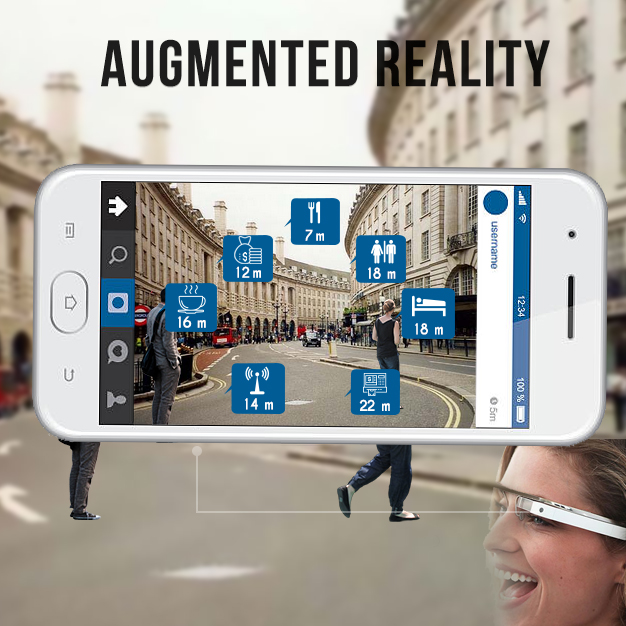Augmented Reality vs. Virtual Reality – What’s the Difference?
Although they both talk about the concept of reality, Virtual and Augmented Reality are two very different issues and should not be confused with one another. Virtual Reality diverts you from it while Augmented Reality enhances or adds more to it.
Both technologies are on the verge of changing the way we look at the world and the implications are immense. Apple CEO, Tim Cook has in fact gone on record saying that Augmented Reality is as big an idea as the smartphone.
Virtual Reality (VR) is a technological wonder that has the capability to cut you off from the real world and plunge you into a completely new world that has been created with digital images. The whole experience is a computer-generated stimulation.
Augmented Reality (AR), on the other hand, uses technology that blends or slightly alters the virtual and real worlds. It is a near-perfect representation of the real world, with virtual things added in.
So, what are the differences between AR and VR?
- a.) With AR, users interact with virtual contents in the real world and can easily differentiate between the two. In other words, the user is in continuous touch with the real world with virtual objects around them.
But with VR, it is all about a virtual environment where users find it almost impossible to tell the difference between the real and unreal world. The user loses all contact with the real world and is completely immersed in a simulated and computer-aided environment.
- b.) Devices used for AR are everyday gadgets that everyone has access to – like a smartphone, tablet or simple eye-glasses and lenses. AR helps users look at holograms and manipulate 3D models. Hundreds of Augmented Reality apps are available on iPhone, iPad, and Android.
Augmented Reality also works through a webcam and is broadcast using a screen of a PC and connected TV players.
On the other hand, VR needs a specific set of hardware and motion tracking sensors, using gadgets like visors or goggles and mobile based head-mounted displays. Best examples of VR devices are Oculus Rift, HTC Vive, Google Daydream View, Samsung Gear VR,
- c.) According to Digi-Capital, the AR/VR combined market could touch $150bn in revenue by 2020, with AR making around $120 billion and VR $30 billion.
Other than holding a solid grip over gaming, surgery and flight simulators, VR holds huge potential to change the future for fields like medicine, business, manufacturing and architecture.
Medical professionals are using VR to find significant solutions for treatments of PTSD, anxiety and other social disorders. Doctors are also using VR to impart training in surgery and also help paraplegics regain body functions.
In business too, industries are taking full advantage of VR, resulting in safer vehicles, architecturally stronger buildings and even simplified vacation planning.
It is also being utilised in fields like education, sport, military and media.
Augmented Reality is taking the world by storm, not only with the unimaginable success of Pokemon Go, but also in various other fields and it is going to come to a point when we will wonder how we could have lived without it for so long.
Areas like industrial maintenance, education, training, virtual fitting rooms, marketing – are all benefitting from innovative AR uses.
Navigation is the greatest benefactor of AR. With the help of enhanced GPS systems, it is now so much easier to find one’s way. Tourists can learn more about historic sites and view facts on the screens of their smartphones as they walk around. All they need to do is point their phone at the site and the application picks up data from an online database using the camera, GPS and image recognition technology.
Augmented Reality is set to find widespread use in areas like construction, car repair/maintenance and even learning to cook.
Although, both AR and VR are emerging as a huge potential for the tech market, it would be fair to say that AR is perhaps going to be bigger than VR in the coming days, mostly because of the simplicity of its use and the different ways it can be of use to a consumer.
Still have your concerns?
Your concerns are legit, and we know how to deal with them. Hook us up for a discussion, no strings attached, and we will show how we can add value to your operations!

